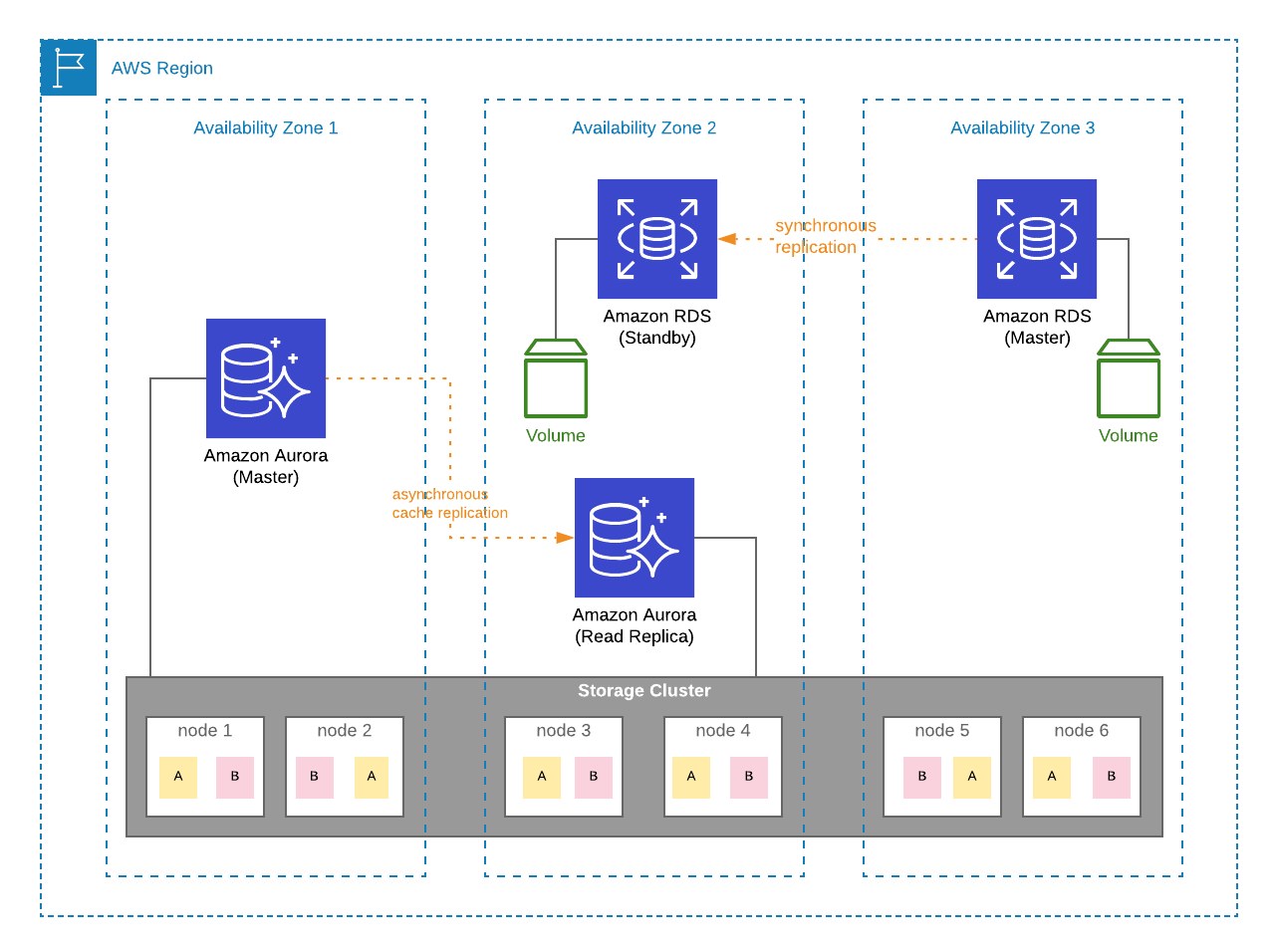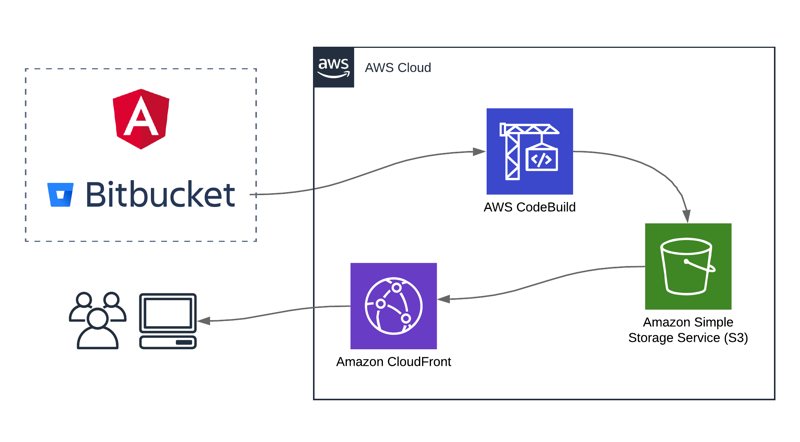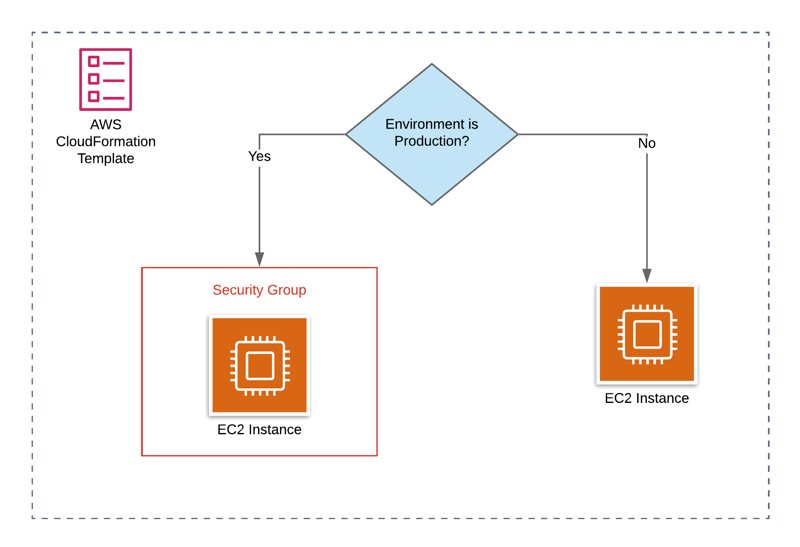Why Choose Amazon Aurora Over Regular RDS?
- by Emre Yilmaz
- Sep 24, 2019
- AWS • Databases • Amazon RDS • Amazon Aurora

Amazon RDS is the managed relational database solution of AWS. You leave the setup and maintenance of your database to AWS and focus on building applications using it. You can launch and maintain community edition MySQL, PostgreSQL databases as well as commercial Oracle and SQL Server databases on Amazon RDS. However, a few years ago, AWS developed its own cloud-native, enterprise-level database engine called Amazon Aurora, which provides MySQL and PostgreSQL compatibility. In this post, I will discuss some of Aurora’s unique features and why you should use it instead of an Amazon RDS DB instance with community edition MySQL or PostgreSQL databases.
Recently, AWS also launched the serverless and multi-master versions of Amazon Aurora, and any of these features can alone be the reason to choose it. However, in this post, we will focus on single-master Aurora deployment and its advantages over RDS.
Continue reading the Why Choose Amazon Aurora Over Regular RDS? blog post.




